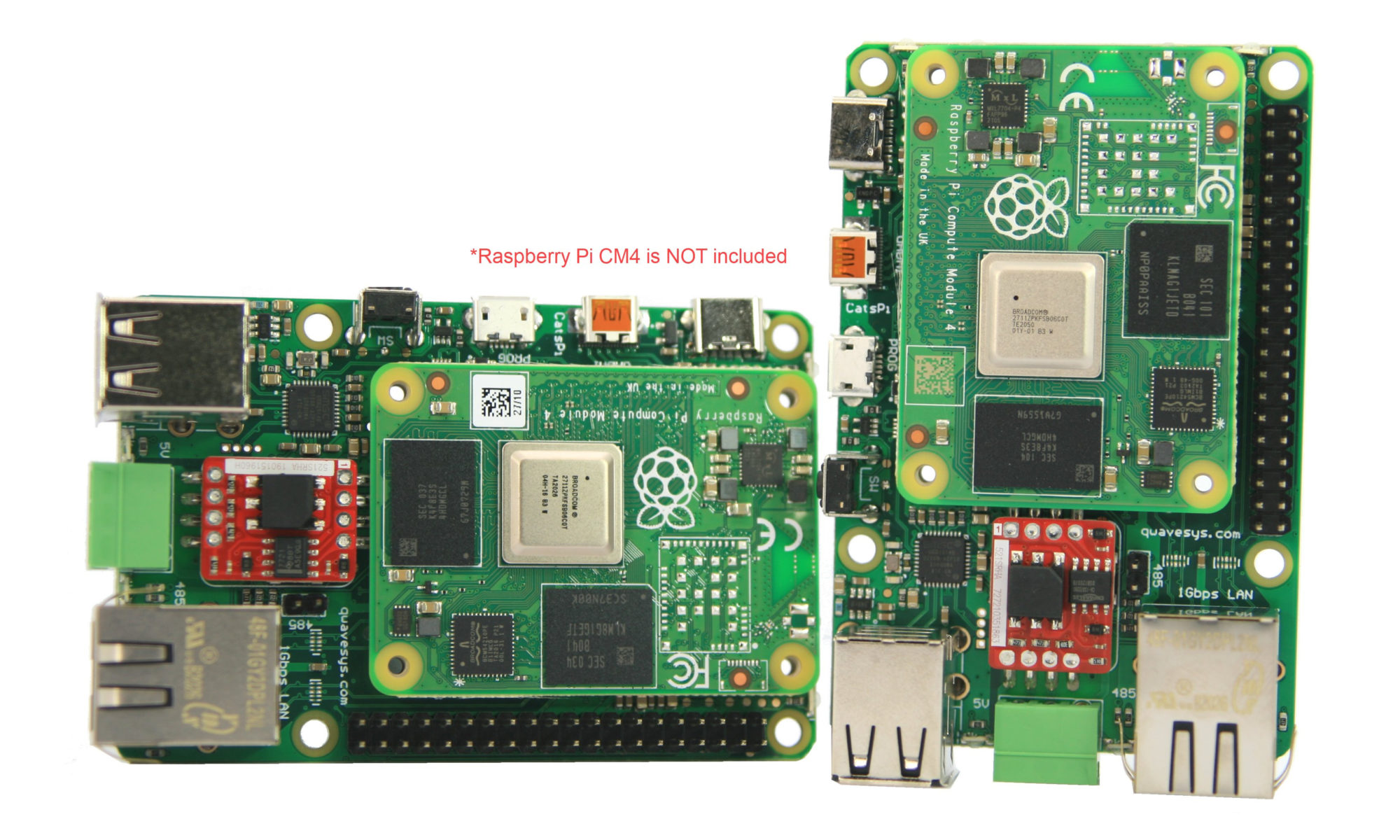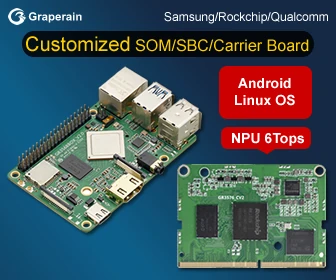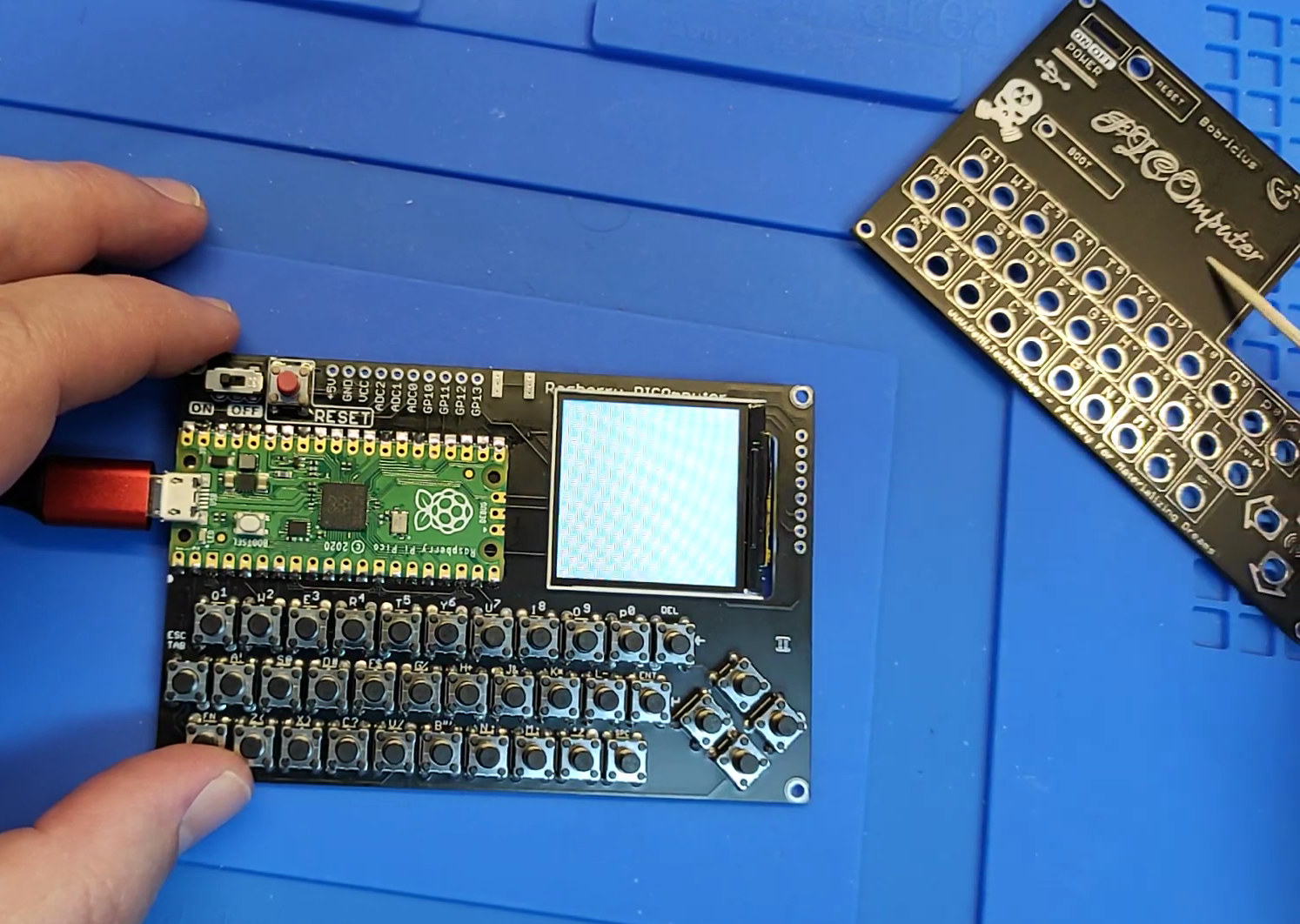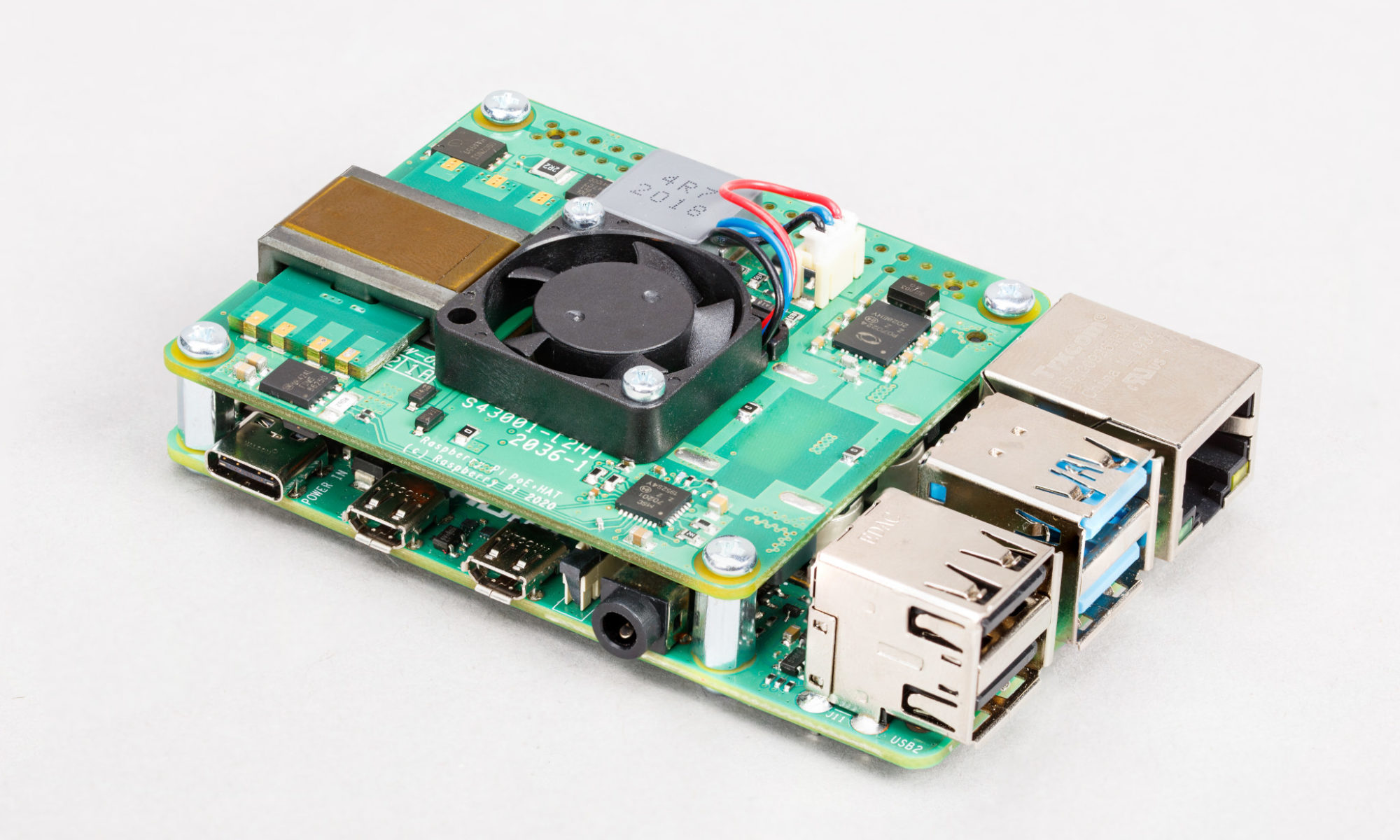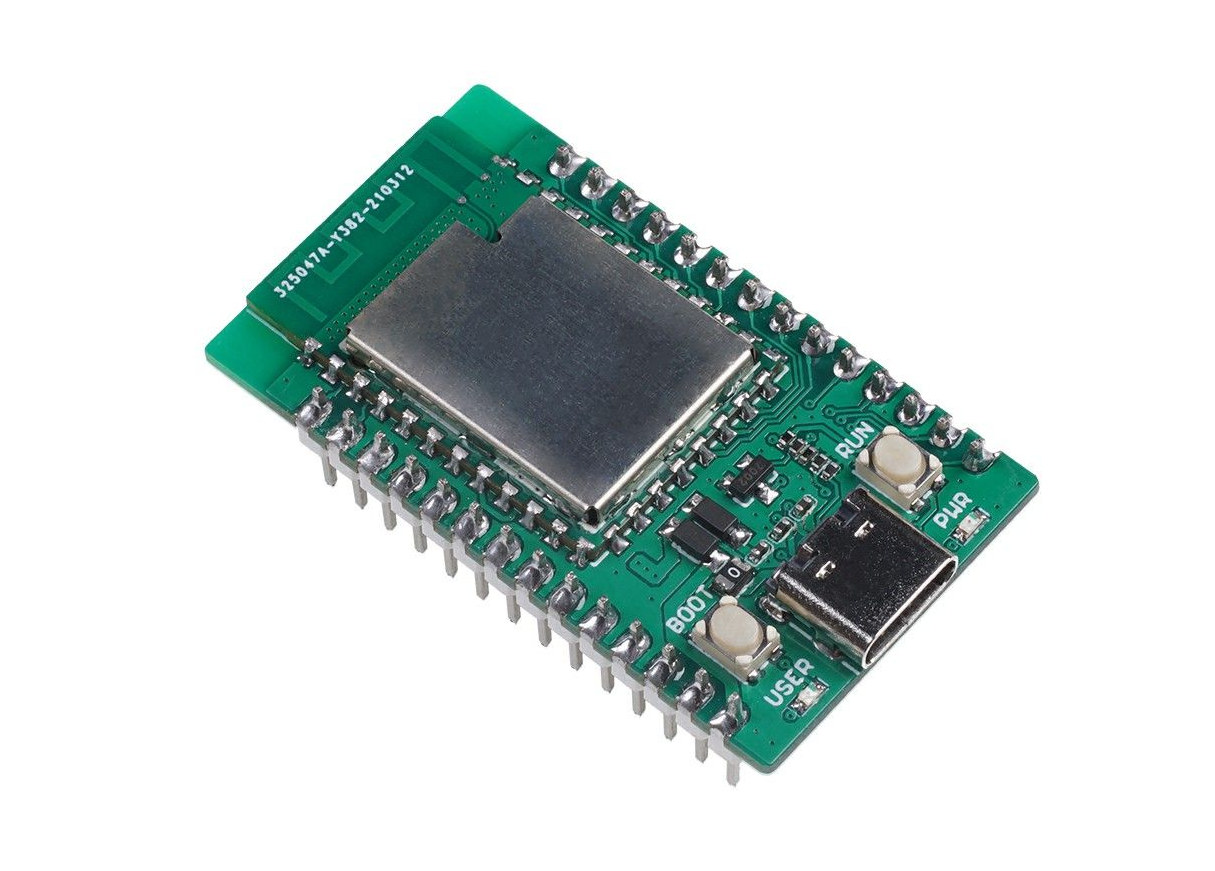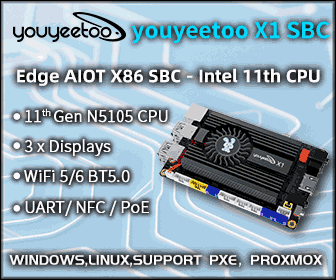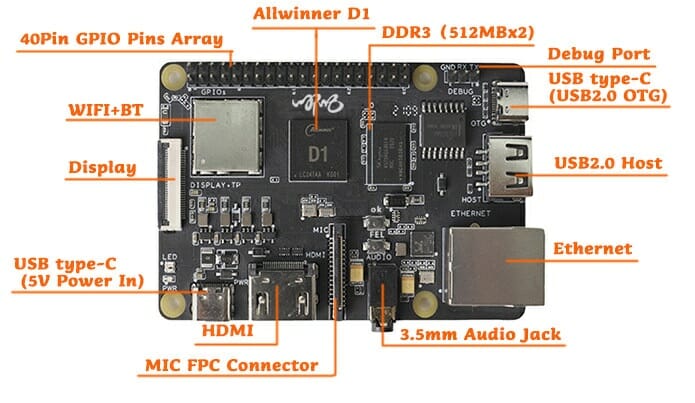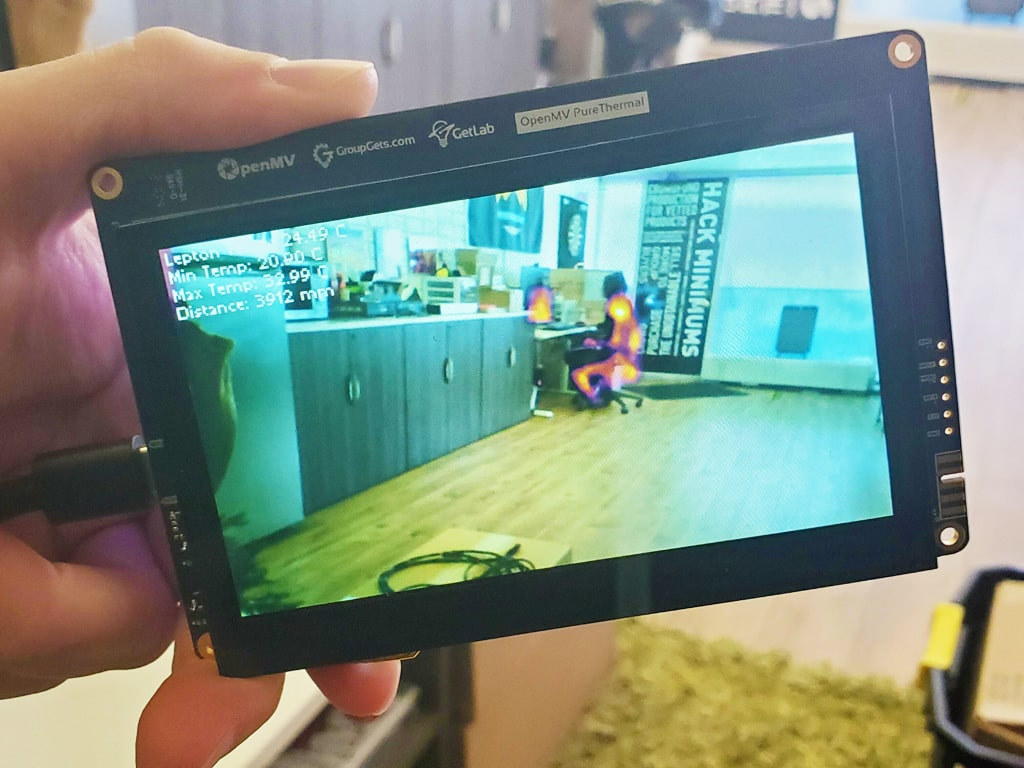Intel Core i7-1195G7 Tiger Lake mobile processor reaches up to 5 GHz
Intel introduced the Tiger Lake family of processors last September with the 7-15W UP4-Series SoCs, and the more powerful 12-28W UP3-Series processors. The company has announced two new Tiger Lake processors at Computex 2021 with the Core i5-1155G7 and Core i7-1195G7 U-Series with the latter reaching up to 5.0 GHz with Intel Turbo Boost on a single core to compete and in some cases outperform AMD Ryzen 5000-series mobile processors. While reaching 5GHz on a 28W processor is a nice milestone, nothing much has changed as we can see from the table above, except for tweaks in the CPU and GPU frequency. The base frequency has actually been slightly lowered in the new part, but the Turbo frequencies for single-core and all cores have been increased. Intel did share some performance slides comparing a Core i7-1195G7 system to one with AMD Ryzen 7 5800U. The first slide shows casual gaming […]



